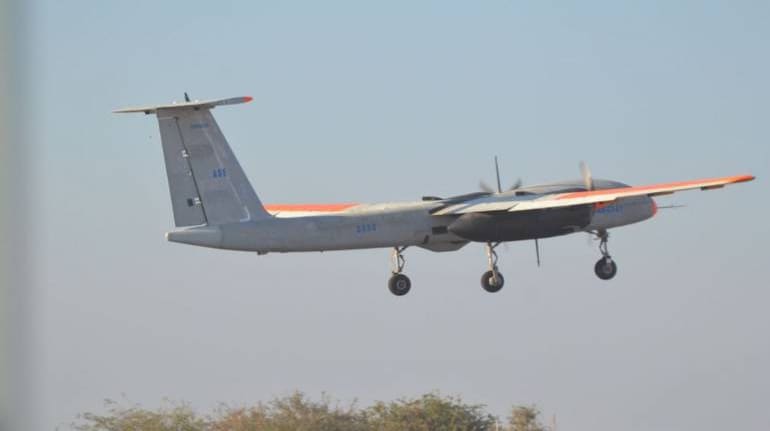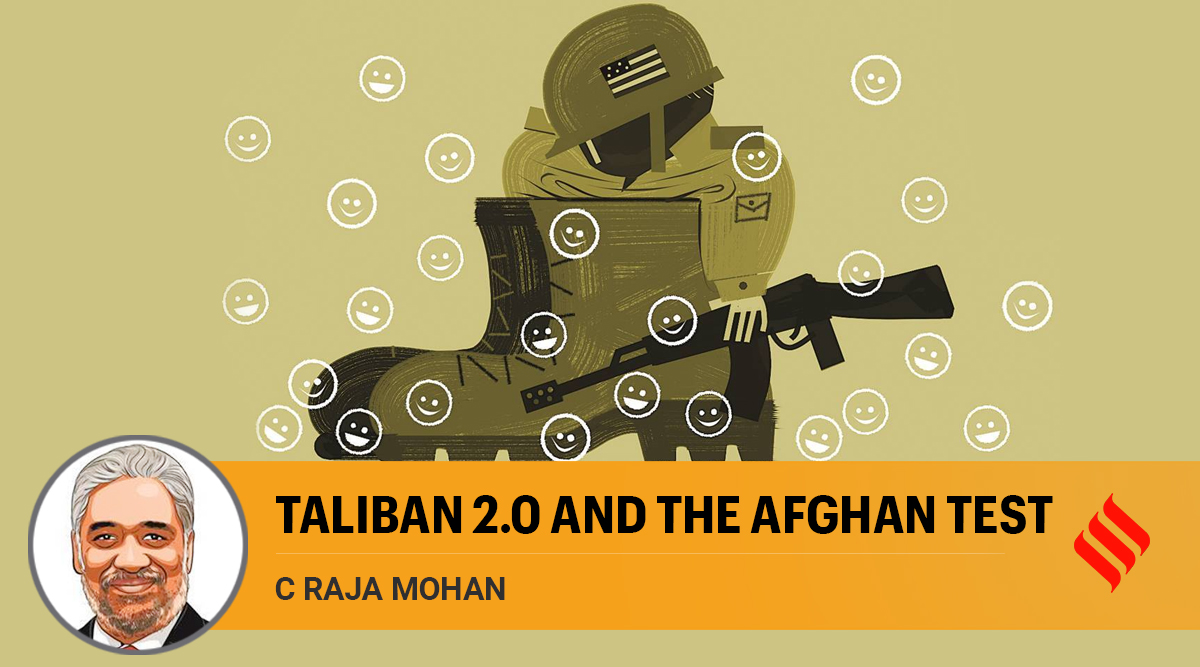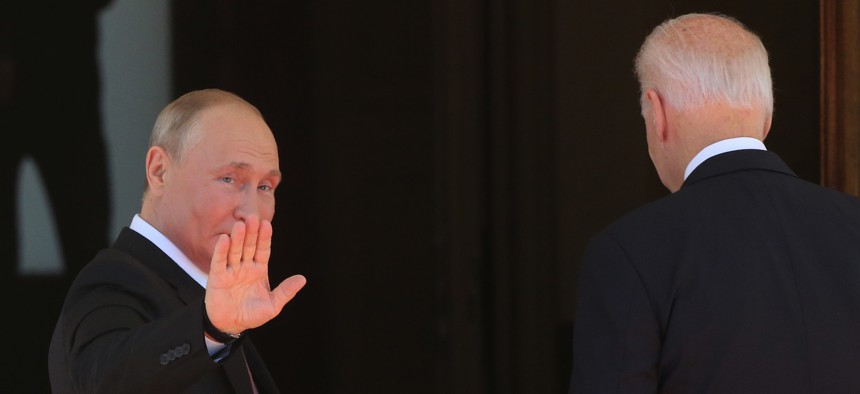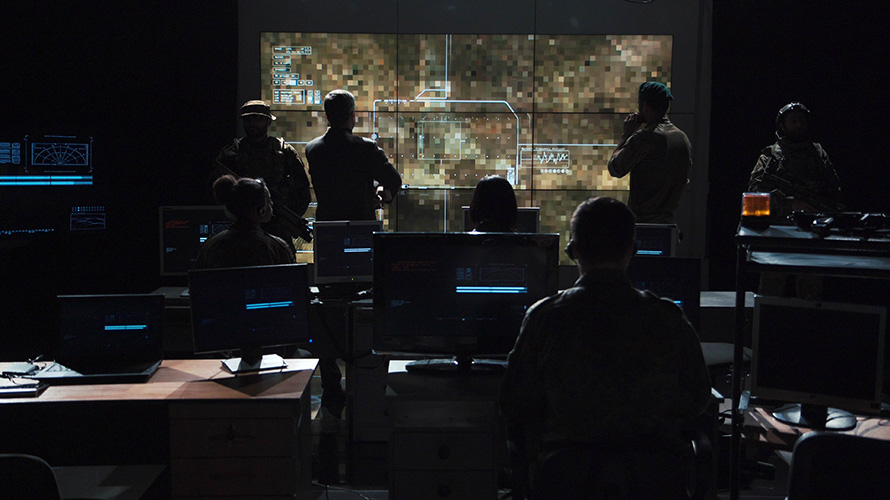Michael Hirsh
If you were worried about your savings at a time of financial uncertainty—say, the looming threat of inflation—would you hand your money over to Elon Musk?
True, the Tesla founder is a brilliant investor and worth a mint, but he is also volatility itself, prone to strange, sudden shifts of opinion. And the fact is if, in recent weeks, you put your money into Bitcoin, a cryptocurrency, you were effectively putting your money into Musk, whose many whimsical tweets and off-handed remarks about cryptocurrencies like Bitcoin—in which he is a major investor—have helped send them seesawing in value. With his tweets, Musk is “literally making and destroying small fortunes 280 characters at a time,” New York University marketing expert Scott Galloway told CNBC this week.
That, in turn, is proof of what some financial authorities have long been saying: When it comes to being a stable hedge against inflation, Bitcoin and other cryptocurrencies are about as safe a bet as going to your local convenience store and buying a lottery ticket. That became doubly clear in recent weeks when China abruptly announced it was banning its banks from bitcoin transactions, again sending the price plummeting.




















